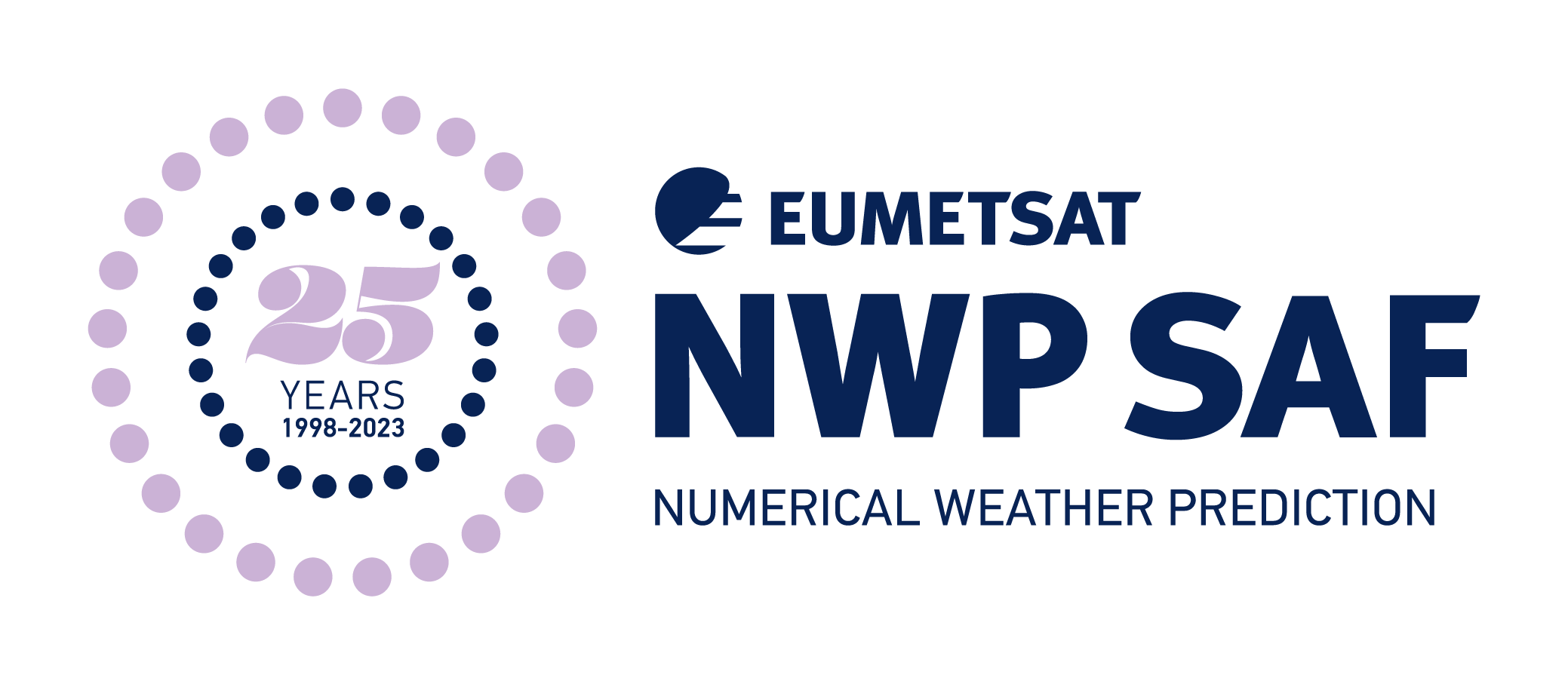Satellite Application Facility for Numerical Weather Prediction › Forums › RTTOV › Older Versions › RTTOV v13 › RTTOV v13 General Discussion › White-sky albedo from RTTOV
Tagged: BRDF, kernel model, white-sky albedo
- This topic has 2 replies, 2 voices, and was last updated 1 year, 5 months ago by
 Andrew Prata.
Andrew Prata.
-
AuthorPosts
-
May 8, 2024 at 6:41 am #49502
 Andrew PrataParticipant
Andrew PrataParticipantAccording to the RTTOV User Guide, one can obtain the BRDF (from the BRDF atlas) along with the black-sky albedo using the rttov_get_brdf() routine. To perform a BRDF-atmosphere coupling correction (a key step in atmospheric correction over non-Lambertian surfaces), the white-sky albedo is also required.
Based on the kernel model approach (that is implemented in RTTOV), the white-sky albedo can be computed based on the isotropic, volumetric and geometric scattering kernel parameters (f_iso, f_vol and f_geo). These data are provided in the .H5 files corresponding to the RTTOV BRDF atlas (e.g. CMSsolarbrdf_V1.0_0.1deg_200701_mask.H5). However, the scattering kernels are only provided at the MODIS wavelengths.
Is it possible to output a white-sky albedo that is consistent with the spectral response function (SRFs) of any sensor that is specified in RTTOV?
I assume a procedure involving the SRFs is used in the call to rttov_get_brdf() to get the black-sky albedo and BRDF at the user-specified sensor and channel(s).
An alternate option would be to output the scattering kernel parameters (f_iso, f_vol and f_geo) and then compute the white-sky albedo (rho_ws) in the standard way (Lucht et al., 2000):
rho_ws = f_iso * 1.0 + f_vol * 0.189184 + f_geo * -1.377622
This would require f_iso , f_vol and f_geo to be convolved to the relevant SRF.
Lucht, W., Schaaf, C. B., and Strahler, A. H.: An algorithm for the retrieval of albedo from space using semiempirical BRDF models, IEEE Trans. Geosci. Remote Sensing, 38, 977–998, https://doi.org/10.1109/36.841980, 2000.
May 8, 2024 at 8:24 am #49507 James HockingKeymaster
James HockingKeymasterHi Andrew,
The atlas works by first computing the BRDF (and black sky albedo) at the 7 MODIS wavelengths using the data stored in the atlas and the Lucht et al model.
A high spectral resolution BRDF (and black sky albedo) spectrum is then computed from the values on the 7 MODIS wavelengths via Principal Components reconstruction, again using data stored in the atlas.
Finally the BRDFs (and albedos) at the instrument channel wavenumbers are obtained by interpolation. Instrument SRFs are not accounted for, only the channel central wavenumbers.
I am consulting my colleague about whether it would be feasible to add the white-sky albedo as an additional optional output. If so we will consider adding it in a future RTTOV release.
However, in the short term I’m afraid we don’t have the resource to implement this in the existing RTTOV v13 code.
Best wishes,
JamesMay 8, 2024 at 11:46 pm #49509 Andrew PrataParticipant
Andrew PrataParticipantHi James
OK thanks – I didn’t realise that PCs were being used. That’s encouraging to hear that you’re considering adding it as an optional variable. It would certainly be useful in the way I’m currently using RTTOV.
For now, I can simply compute white-sky using the closest central wavebands to the sensor I’m using (AVHRR) that are available in the MODIS dataset (with the caveat that this is an approximation). I can also check the validity of this approach with MODTRAN.
Cheers
Andrew -
AuthorPosts
- You must be logged in to reply to this topic.
